Bagerhat, Sept 5 (V7N) – Farmers in Morelganj upazila of Bagerhat are struggling to recover from severe damage to their Aman rice seedbeds, caused by prolonged waterlogging and heavy monsoon rains over the past two months. The excessive tidal flow submerged large portions of low-lying farmlands, resulting in rotting seedbeds and forcing farmers to replant with newly purchased seedlings at high prices.
Local farmers report having to buy Aman seedlings from nearby villages at rates ranging from Tk 600 to 2,000 per unit, depending on quantity and quality. They say they have received little to no support or communication from the local agriculture office during the crisis.
Field investigations revealed that all 16 unions and the municipality area of Morelganj, a coastal upazila heavily reliant on agriculture, have been affected. Seedlings prepared for Aman cultivation were destroyed across many fields due to standing water. In response, over the last week, farmers have begun buying seedlings from other areas and replanting in hopes of salvaging their season.
In West Bisharighata village of Sadar Union, farmers like Rustam Ali Sheikh, Mostafa Farazi, Jabbar Sheikh from Pallimongal village, and Abu Hanif from Dhansagar said their seedbeds were entirely destroyed due to flooding. They are now purchasing seedlings from nearby Nishanbaria village at rates as high as Tk 2,000 per unit and working hard to replant their fields.
Jafar Ali Khan from Kharikhali village lost all the BRI-11, 22, and 23 high-yielding variety seedlings on his 4.5 bigha land. He is now buying seedlings at Tk 700 per unit for replanting. Other farmers like Musha Farazi and Jalil Sheikh are facing similar challenges. Jalil reported losing 21 sacks of seedlings on his 16 bighas of land and has so far replanted using 14 sacks. Meanwhile, farmer Mohammad Ali, who lost seedlings on his 14 bighas, said he cannot afford to buy new ones.
Despite these conditions, officials from the local agriculture office have stated that there is no seedling crisis in the area. They claim that Aman seedling production has exceeded expectations this year, which contradicts the reality faced by many farmers.
According to the Morelganj Upazila Agriculture Office, Aman rice has been planted on 4,525 hectares of land using high-yielding varieties, while traditional varieties cover 4,285 hectares. The office estimates that only 0.2 hectares of Aman seedbeds were affected by waterlogging.
Mehedi Hasan, Sub-Assistant Agriculture Officer of Panchakaran Union, acknowledged that parts of Deboraj, Panchakaran, and Kharikhali were submerged and experienced some seedbed damage. However, he also noted that overall seedling production this year is nearly three times higher than usual, enabling farmers to source seedlings from other areas.
Morelganj Upazila Agriculture Officer, Md. Saiful Islam, echoed this view, stating that only two hectares were initially reported as damaged due to waterlogging. Upon field visits after the water receded, officials found an abundance of seedlings in many areas, suggesting that farmers might not even be able to sell the surplus.
However, for many on the ground, this official narrative does not align with their personal losses and current struggle to replant amid rising input costs and uncertainty about the remaining season.
END/MPS/SMA/



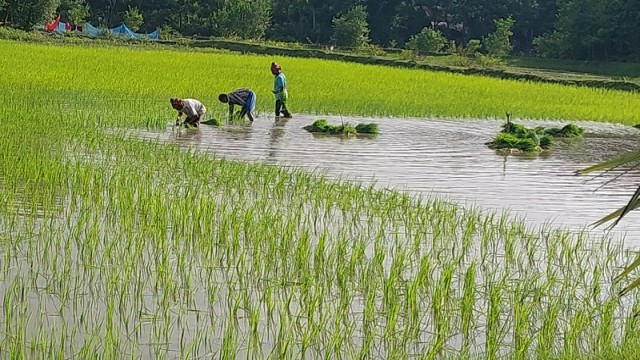
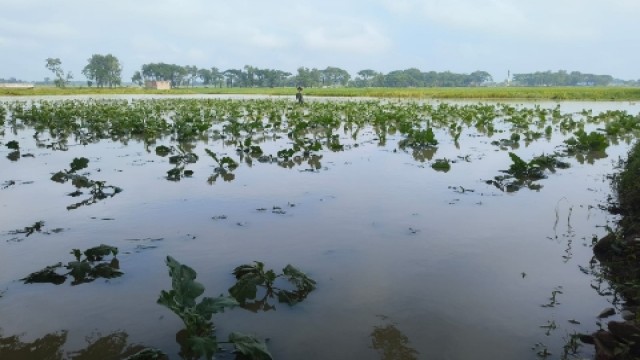
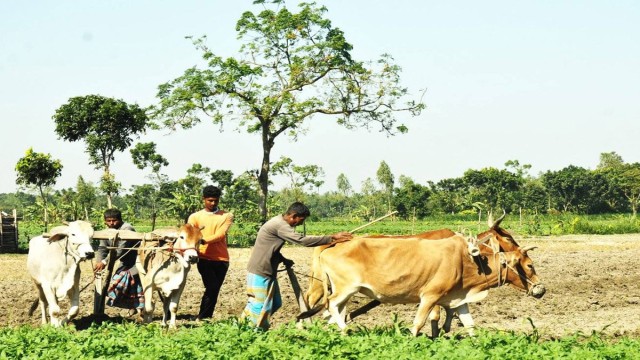
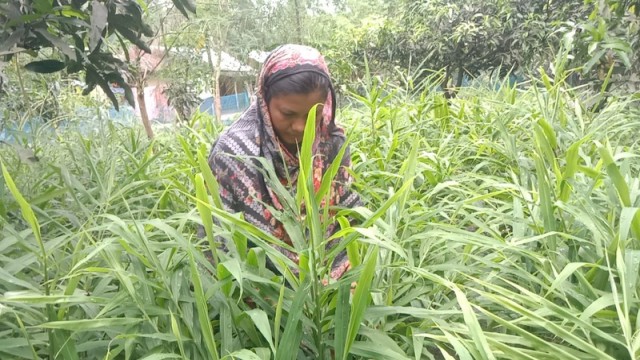
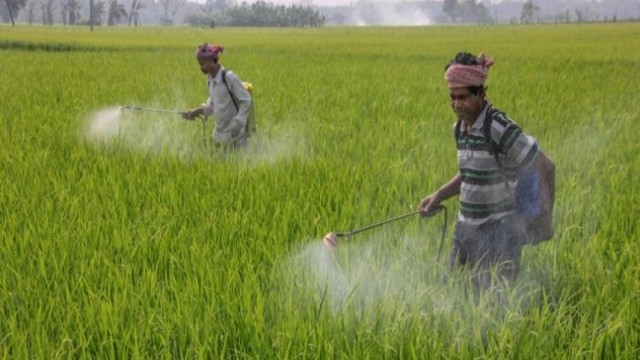
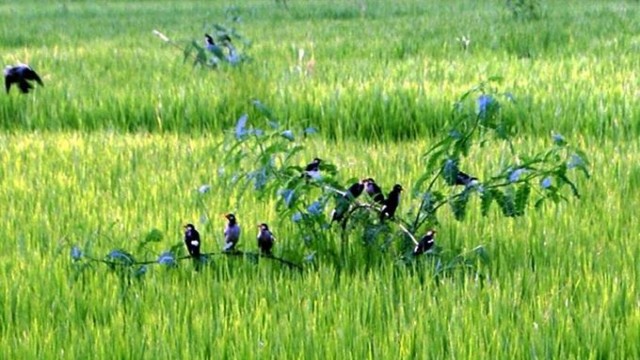
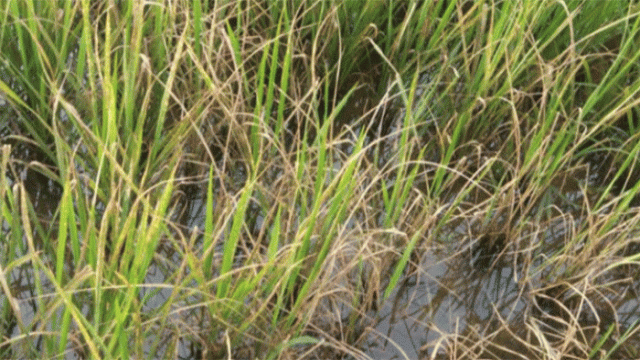
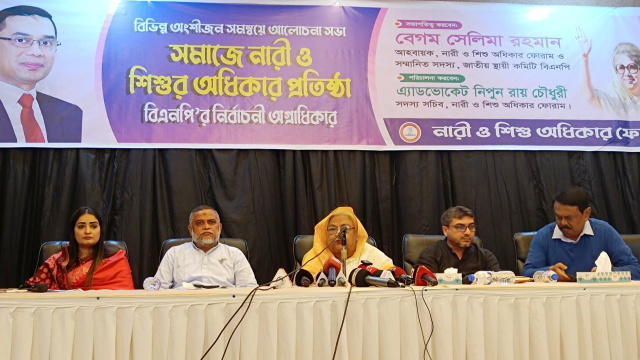


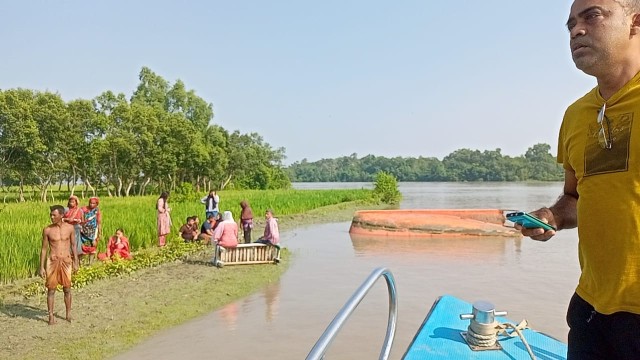











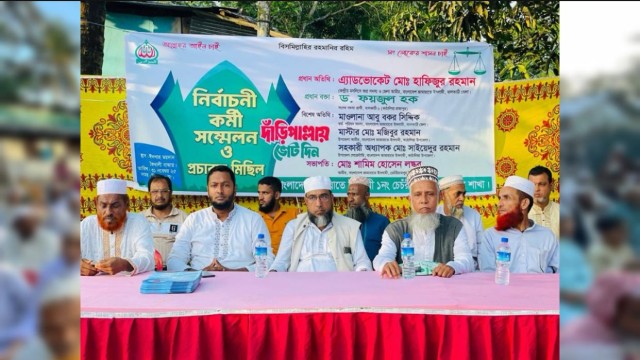





Comment: